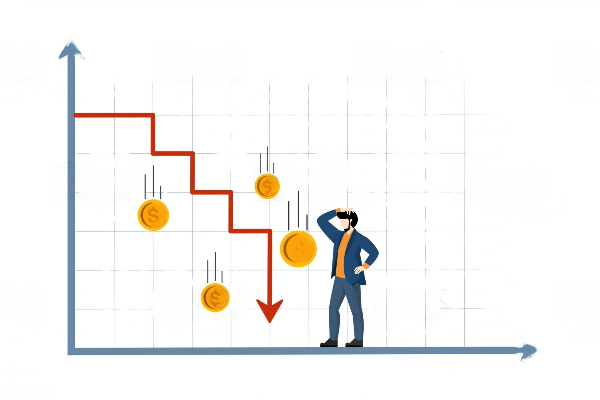In the complex world of personal finance, the concept of debt plays a pivotal role. It can be a way towards financial growth or a slippery slope leading to financial hardship. Understanding the distinction between good debt and bad debt is crucial for individuals seeking to maintain financial health and make informed decisions about borrowing. In this write-up, I will delve deeper into the concepts of good and bad debt, shed light on their implications, and offer insights into brilliant financial management.
Good Debt: Investing in Your Future
Education Loans: The Gateway to Knowledge and Prosperity
One of the most widely acknowledged forms of good debt is an investment in education. Pursuing higher education often requires financial assistance, and taking out student loans can be a strategic move. By acquiring knowledge and skills, individuals position themselves for increased earning potential and enhanced career opportunities. The long-term benefits of education loans often outweigh the initial financial investment.
Mortgages: Building Equity and Stability
Acquiring a home through a mortgage is a classic example of good debt. Unlike renting, homeownership allows individuals to build equity over time. Additionally, mortgage interest is frequently tax-deductible, providing homeowners with potential financial advantages. Mortgages represent an investment in a tangible asset that has the potential to appreciate, making them a cornerstone of many individuals’ long-term financial plans.
Business Loans: Fostering Entrepreneurial Spirit
Entrepreneurs often rely on loans to fund the start-up or expansion of their businesses. When used wisely, business loans can contribute to the creation of jobs, economic growth, and increased income. Successful businesses generate returns that not only cover the borrowed amount but also contribute to the owner’s overall financial success. Business loans exemplify how debt can be a strategic tool for wealth creation.
Investment Loans: Growing Wealth through Strategic Borrowing
Wise investors understand the potential benefits of using debt to finance investments. Borrowing to invest in assets like stocks, real estate, or other income-generating opportunities can amplify returns and accelerate wealth accumulation. While not without risks, investment loans, when managed prudently, can be instrumental in building a diversified and prosperous financial portfolio.
Credit Card Usage (when managed responsibly): Enhancing Financial Flexibility
Credit cards, when used responsibly, can be a valuable financial tool. They enable individuals to manage cash flow, build a positive credit history, and earn rewards or cashback. When the balance is paid in full each month, credit card usage can contribute to a positive credit score and provide a safety net for unexpected expenses. It is crucial to view credit cards as a tool for convenience rather than a source of long-term financing.
Bad Debt: Navigating the Pitfalls
Credit Card Debt (when mismanaged): The Quagmire of High-Interest Debt
Credit card debt can quickly turn from manageable to burdensome if not handled responsibly. Accumulating debt through unnecessary purchases, failing to pay the full balance monthly, or relying on credit cards for everyday expenses can lead to high interest charges and a cycle of debt that is challenging to break. It is essential to manage credit card usage judiciously to avoid the pitfalls of bad debt.
Consumer Loans for Depreciating Assets: The Illusion of Instant Satisfaction
Taking out loans for items that rapidly depreciate, such as cars, electronics, or furniture, is a common trap for bad debt. These loans often come with high interest rates and offer little to no long-term value. While the attraction of instant satisfaction is tempting, the financial consequences can be severe, leading to negative equity and ongoing financial strain.
Payday Loans: The High-Cost Pitfall
Often marketed as a quick fix for urgent financial needs, payday loans can create a cycle of dependency that becomes increasingly difficult to escape. Alternatives to payday loans, such as building an emergency fund or seeking financial assistance, should be explored to avoid falling prey to this high-cost form of bad debt.
Unnecessary Personal Loans: The Price of Impulsive Spending
Taking out loans for non-essential expenses, such as vacations, entertainment, or luxury items, is a clear example of bad debt. While these loans may provide temporary pleasure, they do not contribute to long-term financial stability. Wise financial planning involves distinguishing between wants and needs, avoiding unnecessary debt, and prioritizing responsible spending.
Before any borrowing journey, individuals must carefully evaluate the purpose, terms, and potential impact on their overall financial health. By making informed choices, managing debt responsibly, and prioritizing financial well-being, individuals can use debt as a tool for building a secure and prosperous future. The key lies in understanding the nuanced relationship between good and bad debt and making decisions that align with one’s long-term financial goals.

